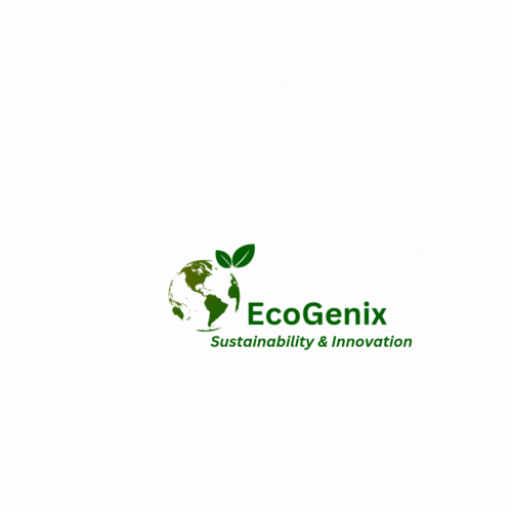Introduction:
Food safety and quality assurance are paramount in the food industry, ensuring that the products we consume are safe, nutritious, and of high quality. This article explores the key concepts and practices behind food safety and quality assurance, highlighting their significance in the modern food supply chain.
**1. **Food Safety: Protecting Consumers’ Health
Food safety refers to the scientific discipline that describes the handling, preparation, and storage of food in ways that prevent foodborne illnesses. Several essential aspects contribute to food safety:
a. Proper Handling: From farm to table, ensuring that food is handled safely at every stage is crucial. This includes following hygiene protocols, maintaining temperature control, and preventing cross-contamination.
b. Regulatory Standards: Governments and international organizations establish rigorous standards and regulations that food producers must adhere to. These standards ensure that food products meet specific criteria, minimizing the risk of contamination.
c. Contamination Prevention: Food can be contaminated at various points in the supply chain. Common contaminants include bacteria, viruses, parasites, chemicals, and foreign objects. Stringent measures are in place to identify, prevent, and mitigate these risks.
**2. ** Quality Assurance: Meeting Consumer Expectations
Quality assurance focuses on maintaining consistent quality in food products, meeting both regulatory requirements and consumer expectations. It involves the following key components:
a. Quality Control Processes: Food manufacturers employ quality control processes to monitor various factors such as taste, texture, color, and aroma. Advanced technologies are utilized to ensure that products meet specific quality standards.
b. Certifications and Standards: Certifications like ISO 9001 and various food safety standards (e.g., HACCP) validate that a company’s quality management systems are effective. These certifications are often prerequisites for entering global markets.
c. Customer Feedback: Listening to customer feedback is integral to quality assurance. Companies conduct surveys, monitor online reviews, and engage with consumers to understand their preferences and address any concerns promptly.
**3. ** Technological Advancements in Food Safety and Quality Assurance
Advancements in technology have revolutionized the way food safety and quality assurance are managed:
a. Blockchain Technology: Blockchain enables traceability, allowing consumers and producers to track the journey of food products from the farm to the store. This transparency enhances accountability and trust.
b. Sensor Technologies: IoT-enabled sensors monitor temperature, humidity, and other environmental factors in real-time. Any deviations from the optimal conditions trigger alerts, preventing spoilage and ensuring product quality.
c. Big Data Analytics: Analyzing vast amounts of data helps identify patterns and trends, enabling proactive measures to be taken. Predictive analytics can foresee potential issues and prevent them before they escalate.
Conclusion:
Food safety and quality assurance are non-negotiable in the food industry. By adhering to rigorous standards, employing cutting-edge technologies, and valuing customer feedback, food producers can ensure that the products reaching consumers are not only safe but also of the highest quality. Embracing these practices not only safeguards public health but also fosters consumer trust and loyalty, making it a win-win for everyone involved in the food supply chain.
ARTICLE BY: WAYNE TOTA
Food Security and Climate Change
waynetota9@gmail.com
0601133196239
Visit for more articles:
https://sites.google.com/view/foodsecure-sustain-agriclimate/home.

Leave a Reply